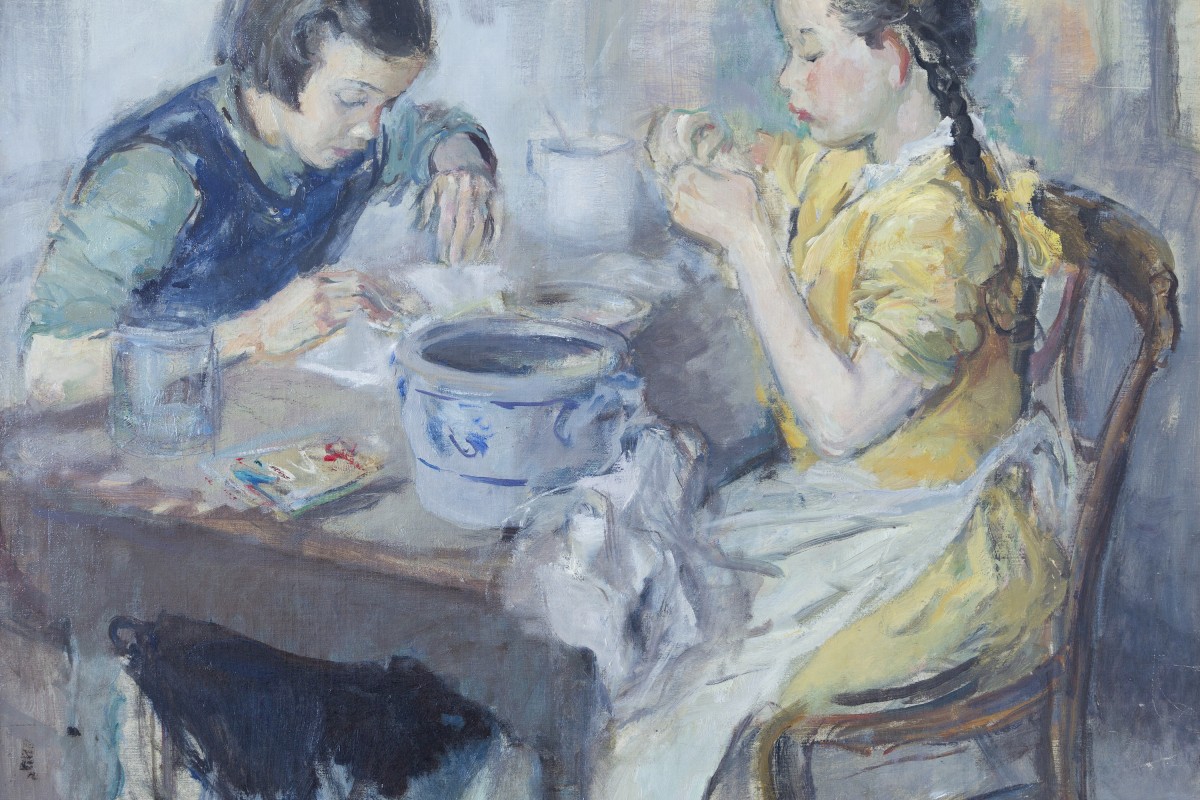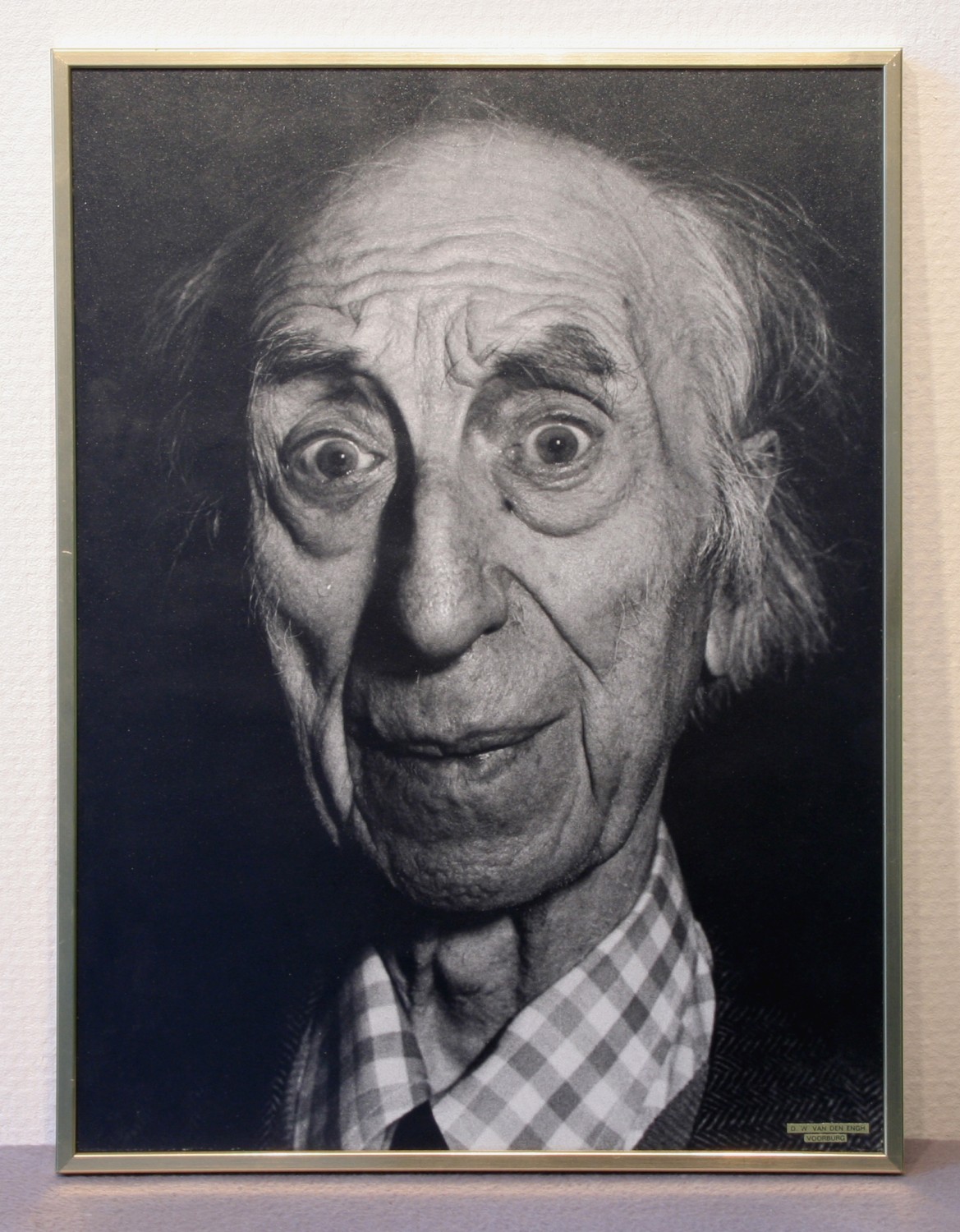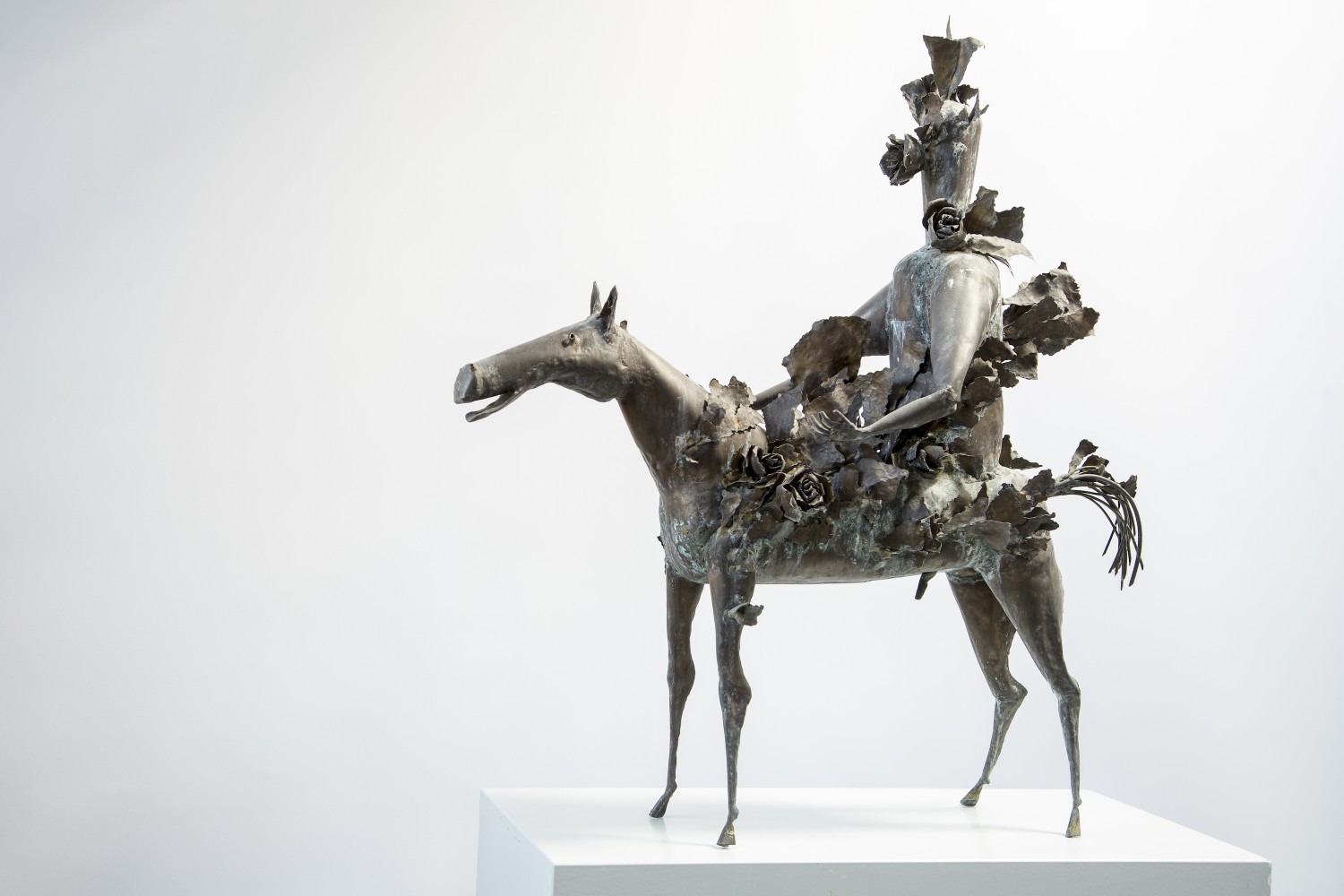
Voorburg: artists’ village
Huygens' Swaensteyn is home to a collection of artworks and historical objects that together, recount the story of Voorburg, Leidschendam and Stompwijk – the municipality’s three key communities. The core of the art collection is made up of the paintings from the period of 1880 to 1950 and the sculptures produced between 1950 and 1980.


Sculptors Albert Termote and Marian Gobius and painters Cornelis Rol and Frida Holleman were amongst the artists to deliberately set their sights on Voorburg in the first half of the 20th century. Our collection now features numerous examples of their work, and the museum is even home to the complete contents of Marian Gobius’ studio.

Experimentation became increasingly important in the years following World War II, as artists sought new forms of expression. However, there were also artists that felt that these avant-garde developments were going too far. Such artists fell back on tradition and drew on these foundations to chart their own artistic course.

Many members of the New Hague School, one of the most influential fine arts movements, could be found in Voorburg. Huygens' Swaensteyn showcases work by several of the most renowned sculptors from this movement, including Aart van den IJssel, Rudi Rooijakkers and Hubert Bekman.



